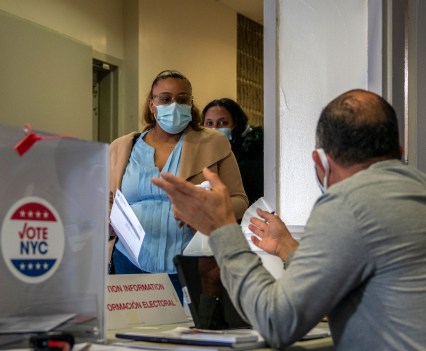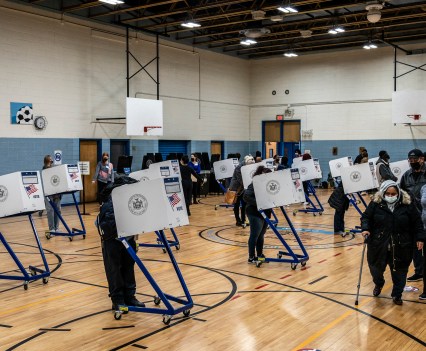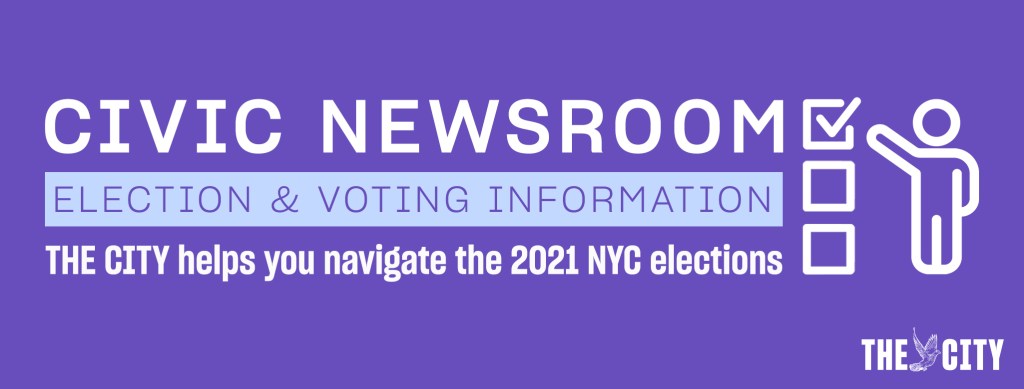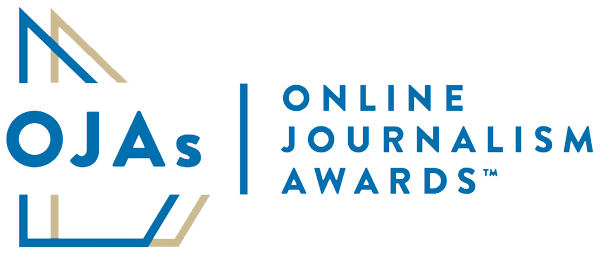



Organization
THE CITY
Award
Excellence in Newsletters, Single Newsletter
Program
2021
Entry Links
Link 1
Link 2
Link 3
The structure and content of the newsletters made learning about the election accessible and almost fun, which isn’t something usually associated with local elections. It’s a great example of the medium of newsletters to reach readers where they already are with information they may not even know they needed.
As it emerges from the pandemic, New York faces its most crucial citywide election in a generation.
Most city offices are up for election, including mayor. And because New York is a blue city, whoever wins the Democratic line in June most likely will win November. Hundreds of candidates are running for everything from City Council to comptroller to public advocate, in addition to mayor. If that’s not enough, New York for the first time will use ranked-choice voting to decide its leaders.

This is an election where high stakes could meet low voter turnout: Voter turnout for the New York City mayoral race has yet to crack 30% in nearly 20 years — spanning four elections. Turnout is even worse in municipal primaries. For example, during a highly contested and highly covered Queens district attorney primary in June 2019 only about 11% of registered voters cast a ballot. And of the more than 700,000 registered voters in Queens, less than 100 votes decided that contest.
Studies show that voter turnout in local elections is often dependent on information as simple as when and where the vote is taking place.
So, in an effort to respond to this key election, historically low voter turnout and a wide information gap, THE CITY launched The Civic Newsroom newsletter to help New Yorkers navigate a complicated and highly contested primary.
The organizing principle of the newsletter is to provide answers and resources to voters looking for information about the primary election. Two months before we launched, we published a callout asking voters what they needed and wanted to know about the election. We used these questions to plan the content of the newsletter each week. At the day of launch, we had nearly 2,000 subscribers — and just as many questions.
The newsletter is weekly and the goal is to clearly — and slowly — break down what voters are asking. Things like: How to get an absentee ballot, what is ranked choice voting, how to use endorsements to make a decision, how to watch a debate and what to listen for.
We send the newsletter out via email and text weekly. In about five months, we’ve grown the email list to about 5,000 and the text list to nearly 700 recipients. Nearly every one of those subscribers sent in a question. The newsletter also includes a section for key dates, tools and resources as well as upcoming election-related events (and there are many). The features of the newsletter — as well as the content — was built with the community and through their queries. We also do seemingly small things like bold and highlight June 22 — the date of the primary — in every reference. We want to serve our readers with answers to their questions and repeat core information like this regularly.
The Online Journalism Awards™ (OJAs), launched in May 2000, are the only comprehensive set of journalism prizes honoring excellence in digital journalism around the world.
